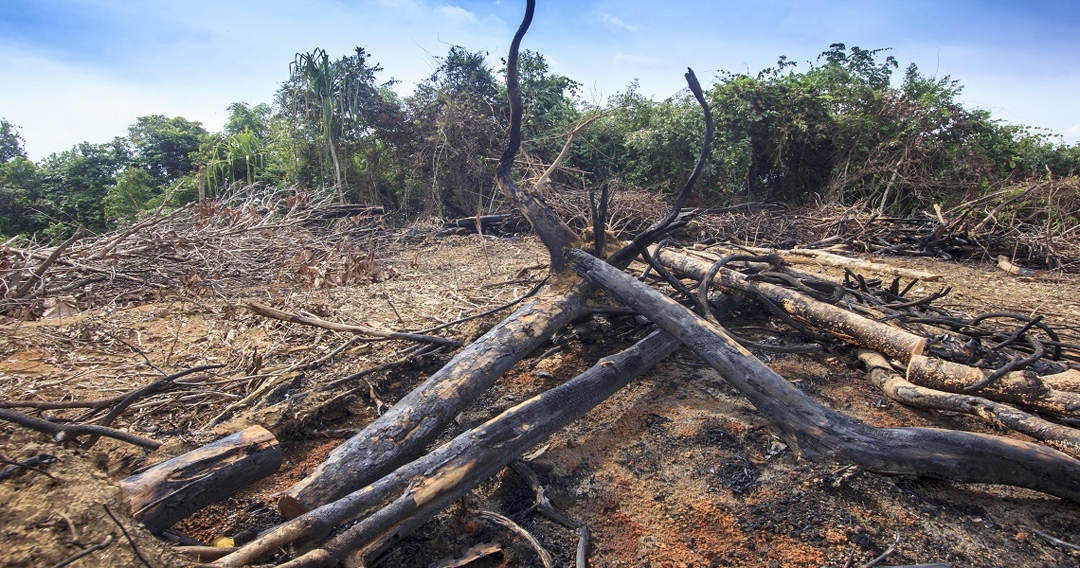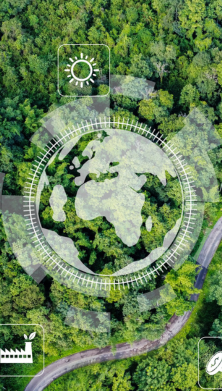1. Introduction
Asian nations show a remarkable GDP increase, resulting in Asia being the leader of global economic growth. A powerful set of forces is spurring this development:
- Demographics: 60% of the world's current population lives in Asia, the region also has the highest population growth rate
- Prosperity: hundreds of millions of households will enter the middle and affluent classes over the next decade, the region will gain strength
- Regional integration: Intra-Asian trade and increasing investments are binding these nations together into a giant regional economy
Economics and demographics lead to increasing energy demand, hence infrastructure needs to develop, taking pollution and biodiversity impacts into account.
There is a need for innovative and sustainable ways to generate power and satisfy economic and social needs. Asia represents some of the world’s greatest opportunities for sustainable development.


2. Energy sector
Asia experiences fast-paced economic growth and increasing energy demand. Coal is still dominant in the energy mix in Asia, nevertheless its share is shrinking due to new green energy initiatives. Lignite is perceived as unacceptably polluting in face of global warming, which actually opens new opportunities for renewables.
Asian countries move towards renewable energies and multilateral institutions, such as the Asian Development Bank, the new Asian Infrastructure Investment Bank as well as international banks provide funding for new green energy projects.
Given the economic boost that clean energy provides to many countries, ongoing development of green energy sources in Asia is expected to continue.
China, being the source of nearly a third of the world’s total carbon dioxide (CO2) emissions, has ratified the Paris Agreement on climate change in 2016 and announced plans to close mines and to reduce coal’s share in the energy mix.
The Chinese government drives a number of initiatives in the green energy sector. In 2012, China enhanced its Green Credit Guidelines for financial institutions, which seek to direct loans to green economy sectors.
India has set itself an ambitious target to generate 12% of its energy needs from renewable sources by 2017.
Multiple smaller Asian nations outlined ambitious visions for renewable energy deployment by introducing targets on 100% renewable energy.



3. Growing focus on ESG
Governments in Asia strengthen their regulatory mechanisms and enforcement capacity in respect of ESG risks. Asian countries such as China, India, Malaysia, Indonesia, Taiwan and Singapore adapt public policies and regulatory frameworks to encourage companies to take environmental, socio economic and cultural issues into account when doing business.
Asian corporations become more global in their outlook and are exposed to international best practices. Asian companies learn from competitors in North America and Europe, who profitably grow while managing their risks by incorporating ESG factors into their business models.
Case study "Malaysia"
The unique biodiversity in Malaysia is threatened by an increasing number of large-scale infrastructure projects, agriculture and urban sprawl in and into sensitive areas. In the last 5 years, the Malaysian government has implemented several legislative initiatives to protect local biodiversity, improve transparency and raise awareness on sustainability.
Examples:
- Bursa Malaysia issued guidance for companies on how to report on ESG factors and initiated the FTSE4Good Bursa Malaysia Index
- Being a major palm oil producing country, Malaysia has launched the Malaysian Sustainable Palm Oil (MSPO) scheme in 2015, which will be mandatory for all Malaysian companies by 2019

4. Biodiversity
Asia has global hotspots of biodiversity and endemism, e.g. Borneo, parts of Sumatra, Papua New Guinea and the Himalayan foothills. Yet the region is also one of the most ecologically threatened:
- Deforestation rates in some parts of Asia, e.g. in Southeast Asia, are among the highest globally
- The region has the highest rate of mining in the tropics
- A large number of hydropower dams are under construction
Many challenging and complex infrastructure projects are underway that may result in biodiversity depletion. These projects give a boost to the economic development. However, awareness about management of ESG issues is increasing among the population, business and regulators.

5. Media and NGO perceptions
Non-governmental organizations (NGOs) and media are very alert with respect to ESG issues in Asia. Large-scale projects, companies operating in the agricultural or mining sectors usually attract a lot of attention from the media.
Currently, there is a lot international media attention around the palm oil production and associated deforestation, illegal fishing, air and water pollution as well as human rights issues.
Media and NGOs play an important role in providing transparency, which can be the starting point for change and the greater consideration of environmental, social and good governance aspects in business.

The role of AGCS
Insurers play an important role to support the long-term development of the region. AGCS offers consulting services for clients to identify and assess material environmental, social and governance risks. Our consulting team is available at: AgcsSustainability@allianz.com
We are dedicated to deliver the best possible solutions to the management, control and reduction of risks.
The Association of Southeast Asian Nations
International Energy Agency, Energy Outlook 2016
International Monetary Fund
Malaysian Palm Oil Council
REN 21
The World Wealth Report















